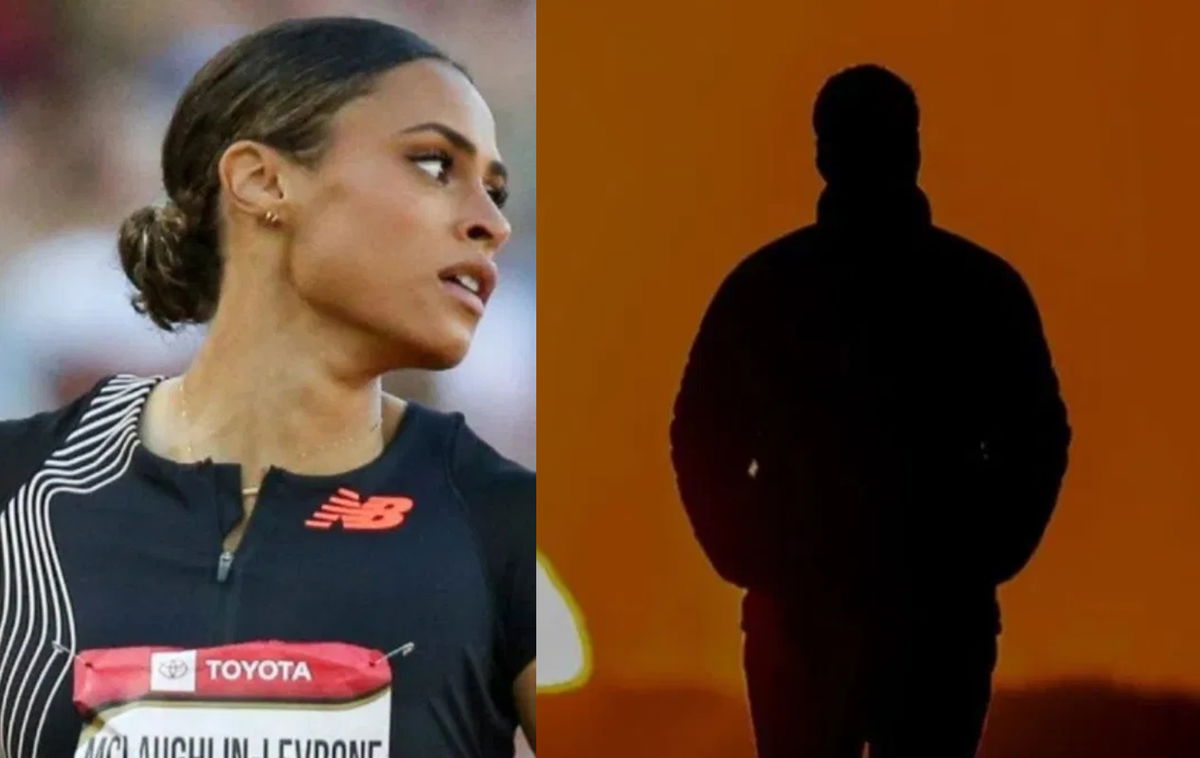
Imago
Credit: Imago

Imago
Credit: Imago
In a daring detour from her usual path, Sydney McLaughlin-Levrone gave fans a jolt of excitement at the Philadelphia leg of the Grand Slam Track. For the first time in her professional career, the 400m hurdles queen stepped up for the 100m dash. The result? A crisp 11.21 seconds. It wasn’t headline-grabbing, but it was promising—a quiet message that she might be gearing up for something bigger, maybe even a statement performance at the season finale in Los Angeles. Meanwhile, Melissa Jefferson-Wooden was on a tear. She had stormed her way to three victories on the GST circuit, shaping up as the favorite to be crowned the league’s very first Slam Champion. Everything pointed to a dramatic showdown at UCLA’s Drake Stadium on June 28–29. And then, just like that, it all unraveled.
Watch What’s Trending Now!
The season finale was canceled abruptly. The official reason? Funding issues are tied to the venue. But the fallout stretched far beyond the track. USA Track & Field, which had its own meet scheduled at Drake Stadium earlier in June, had already withdrawn, citing how logistically difficult it was to stage two elite meets at the same venue just weeks apart. Still, the sudden collapse of the GST’s final act caught fans and athletes off guard. But not everyone was surprised.
On June 10, Coach Rob joined Anderson Emerole for a conversation about the state of Grand Slam Track. While Rob acknowledged that he wasn’t in the same position as GST’s organizers and didn’t have full insight into their challenges, he shared some broader thoughts on the shifting landscape of track and field—and how that might be impacting leagues like GST. “Right now, pro sports is already in a shift,” he explained. “People are moving away from consuming live sports, going in person, and then watching live on TV. They’re moving away from that.” According to him, the current way fans consume sports—through scattered clips on YouTube or social media—just isn’t financially sustainable. “There’s no real money in this piecemeal version of consumption,” he said. “There just isn’t the monetization structures for watching a video through a platform like YouTube or on social, like those monetization structures.” He contrasted this with other major pro sports leagues, where more established systems are in place to turn viewership into profit.
ADVERTISEMENT

Imago
Credit: Instagram/ Sydney McLaughlin-Levrone
Take the Super Bowl, for instance. To reinforce his point, Coach Rob highlighted how major brands once fiercely competed for commercial spots during the Super Bowl broadcast. Why? Because millions of viewers were tuned in simultaneously, creating a prime moment for advertisers. That kind of unified, mass viewership simply hasn’t existed in track and field. “Track fans got used to consuming the sport essentially in scrap format,” Rob noted. “We don’t actually go and get a meal, everybody else could go get a meal, they could go to a basketball game, they could watch a basketball game, and we don’t even have that luxury.” So, fans of basketball or football can watch entire games in one sitting, often on a consistent, centralized platform. Track and field, he argued, doesn’t offer that same viewing convenience, which has made it difficult to create a stable, shared viewing experience—another factor limiting the sport’s broader appeal and commercial growth.
As a result of this fragmented viewing landscape, visibility for track and field has become diluted. Fans now rely on a patchwork of different platforms and unofficial channels just to catch race highlights. “You and I both know there are people who upload the races—no shade, just being honest—who don’t own the rights to that footage,” Coach Rob pointed out, shedding light on a hard truth in the sport’s media scene.
ADVERTISEMENT
Anderson Emerole agreed, and both coaches acknowledged that this kind of unauthorized content sharing has hurt the business side of the sport, GST included. The Grand Slam Track League, despite its innovation and star power, hasn’t been immune to these challenges. Still, athletes like Sydney McLaughlin-Levrone and others have their own perspective on the issue, offering a different lens on how the sport can move forward.
ADVERTISEMENT
Sydney McLaughlin-Levrone can’t look away from positive things
On June 19, the Grand Slam Track’s official X account shared a message from none other than Sydney McLaughlin-Levrone, and her words radiated optimism. The four-time Olympic champion wasn’t just participating; she was believing. “I think it’s just bringing so much excitement to the sport,” she said, beaming with confidence in the league’s future. “I can see this being something that in years to come people are going to join.” For Sydney, GST wasn’t just a moment—it was the spark of a movement. “It’s just a great opportunity for the sports, for track and for the athletes,” she added, highlighting the broader vision behind it all. But not everyone is walking away with rose-colored glasses.

Imago
Credit: Instagram/ Melissa Jefferson
Melissa Jefferson-Wooden, one of the league’s brightest stars and a three-time Slam winner, opened up in a recent interview with CBS Sports. The cancellation stung—but she’s holding onto the long view. “Even though to the public eye, it looks really bad sometimes,” she admitted. “But it’s like in the grand scheme of things, it’s going to work out later on down the line.” Her tone was less glitter and more grit—less about headlines and more about faith in the process. For Melissa, the end of this season isn’t the end of the story. It’s just a rough chapter in a book that’s still being written.
ADVERTISEMENT
ADVERTISEMENT
ADVERTISEMENT
ADVERTISEMENT

